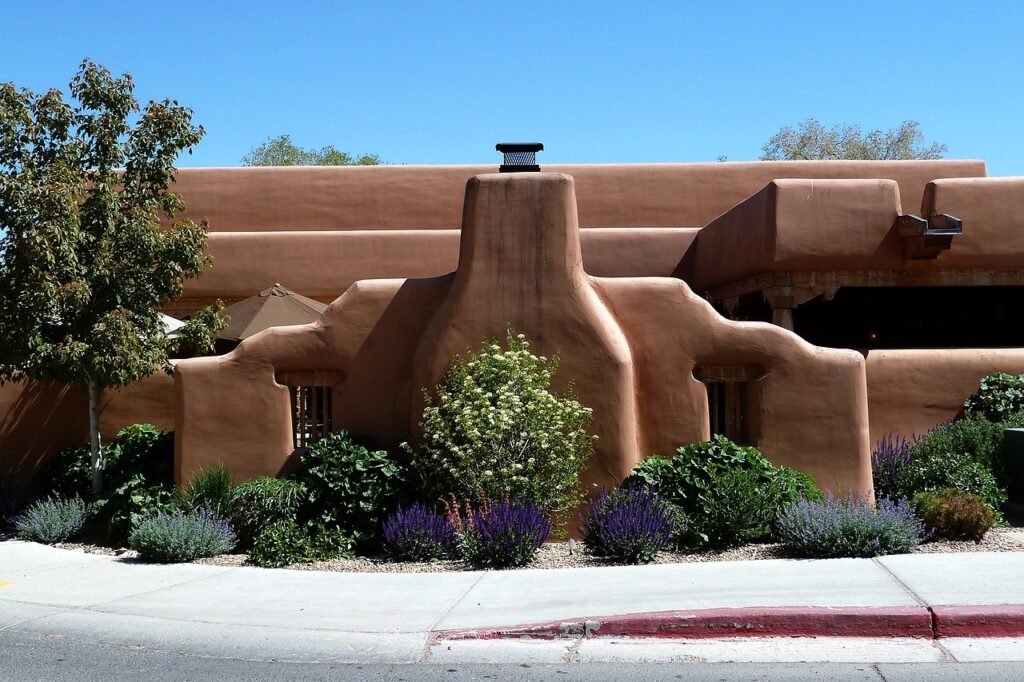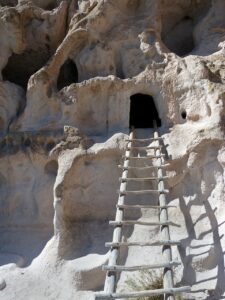Introduction
Nestled in the high desert of the American Southwest, Santa Fe, New Mexico, stands as a captivating blend of rich history, artistic expression, and cultural diversity. From its adobe architecture to its vibrant arts scene, this city offers a unique experience that resonates with both history enthusiasts and modern explorers. This article delves into the captivating story of Santa Fe, from its storied past to its captivating present.

Historical Tapestry
Santa Fe boasts a history that spans centuries, making it one of the oldest cities in the United States. Founded by Spanish colonists in 1610, the city has been a crossroads of cultures, from Native American tribes to Spanish settlers and later American pioneers. This cultural tapestry is evident in the city’s architecture, traditions, and artistic expressions, creating an atmosphere that feels both timeless and ever-evolving.
Weather and Climate
Santa Fe’s high desert location influences its climate, characterized by four distinct seasons. Summers are warm with low humidity, making it an attractive destination for those seeking a break from more sweltering climates. Winters can bring cold temperatures and occasional snowfall, adding to the city’s picturesque charm. Spring and fall offer mild weather, making these seasons ideal for exploring the city’s outdoor attractions.
Accessibility
Santa Fe’s accessibility makes it a sought-after destination for travelers. The city is served by the Santa Fe Regional Airport, providing convenient access for domestic flights. Additionally, Albuquerque International Sunport, located about an hour’s drive away, offers more flight options. A well-connected highway network provides easy access by road, and Amtrak’s Southwest Chief train route stops in nearby Lamy.
Sights to See
Santa Fe Plaza: The historic heart of the city, the Santa Fe Plaza, dates back to 1610. Framed by adobe buildings, it’s a hub of cultural events, festivals, and markets. The Palace of the Governors, a National Historic Landmark, lines one side of the plaza.
Canyon Road: Known as an artistic mecca, Canyon Road is lined with galleries, boutiques, and studios. It’s a showcase of diverse artistic expressions, from traditional Southwestern art to contemporary works.
Georgia O’Keeffe Museum: Celebrating the iconic artist’s life and work, this museum houses an impressive collection of O’Keeffe’s paintings and sculptures.
Loretto Chapel: This Gothic Revival chapel is renowned for its “miraculous” spiral staircase, which was reportedly built without a central support.

Santa Fe Opera: Renowned for its stunning open-air theater, the Santa Fe Opera offers a unique cultural experience during the summer months.
Museum Hill: Home to several museums, including the Museum of Indian Arts & Culture and the Museum of International Folk Art, Museum Hill offers insights into global cultures and histories.
Bandelier National Monument: Just a short drive from Santa Fe, this archaeological site showcases ancient Puebloan dwellings carved into the cliffs, providing a glimpse into the region’s early history.
Conclusion
Santa Fe, New Mexico, is a city that invites visitors to step into a world where history, culture, and art converge. Its adobe-lined streets, vibrant arts scene, and stunning natural surroundings make it a destination that captivates the senses and sparks the imagination. Whether you’re exploring its historic sites, indulging in its culinary offerings, or simply strolling through its unique neighborhoods, Santa Fe’s enchanting charms are sure to leave a lasting impression.…